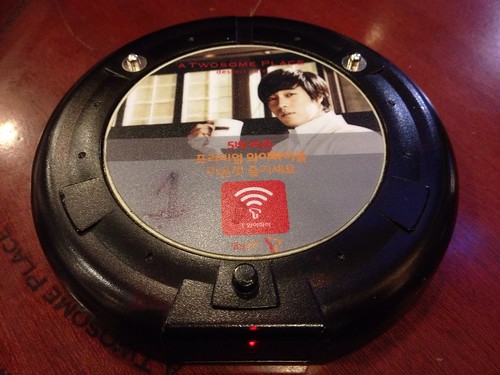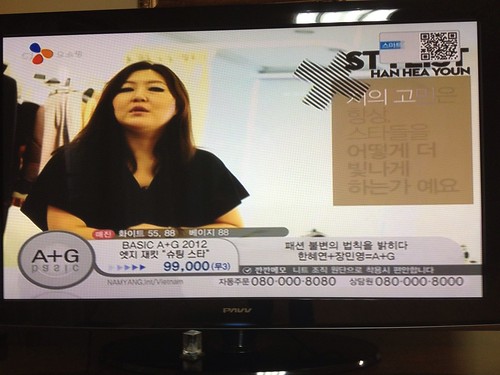I started posts on the Facebook acquisition of Instagram a number of times but got nowhere, so I thought I would collect up some of them thoughts and put them here. So here are some of those random thoughts:
- Instagram and Facebook are very different types of social network. Instagram seems to tape into a latent passion for us to be creators, it came up with an application that flatters us into thinking that we may have a good eye for photography. Facebook is much more about gathering and sharing humint with their loose network, a poorly designed address book and an event organisation platform
- Instagram and Facebook have very different design philosophies. Instagram is much more of a traditional web 2.0 firm. It’s product does one thing very well and makes the complex simpler for the consumer. Facebook’s user experience is well shit. This is probably for a number of reasons:
- Facebook has a culture were engineering trumps design rather than the two disciplines been seen as equal partners like say Apple
- Competition – Facebook has evolved from its original mission adding additional features as it was threatened by different platforms: notably Twitter. But the user experience hasn’t scaled as well
- Monetisation – Facebook has been working hard to monetise its business with its advertising units, but you need content to advertise against. Much of the design is about wringing content out of consumers (and then having the opportunity to sell inventory against it)
- Privacy – In order to get the humint to share with audiences, Facebook needs to strike a balance keeping the law and privacy advocates at bay whilst making it sufficiently difficult that consumers don’t lock down their data and consequently constrict advertising opportunities
- An extension of the design difference between Instagram and Facebook makes me wonder about how long the Instagram talent will actually stay at Facebook beyond any lock-in period? I am making assumption that the deal was at least partly motivated by the Instagram’s team expertise in mobile service development and that would be dependent on retaining the talent.
- Talent retention is also critical if Facebook acquired Instagram as a defensive play like it did with Octazen. In this case Facebook would be looking to lock up talent for as long as they could.
- 1 billion dollars in shares isn’t as expensive as 1 billion dollars in cash; consequently the cost is probably relatively cheap for Zuckerberg. Think of it this way – how real is the money that you make when the value of your house goes up or down until you actually come to sell the house? Cisco was a past master at large share-only purchases when it was a hot stock. This hasn’t impacted Facebook’s cash-flow, but it has shaken the institutional investors looking at Facebook’s IPO. Again this doesn’t really matter to Zuckerberg because Facebook shares will sell anyway because of the heat around the company. Zuckerberg has less to lose than the Cisco team did because of the way that Facebook’s voting stock is structured allowing its CEO to retain power
- It used to be that there were a number of start-ups whose business model was to sell themselves on to a large dominant industry player. Over time the industry player changed: Cisco, Microsoft, Google but the business model remained constant. I expect the new target acquirer to be Facebook as entrepreneurs and venture capitalists dream of a quick buck rather than building something great
- 10 years from now, I still don’t know whether we will be looking back on the Instagram acquisition as being a similar folly to Yahoo!’s purchase of Broadcast.com now looks in hindsight. On one hand I feel confident because of the deal structure being in Facebook shares, and the price being small in comparison to the current notional value of the Facebook business. But for the reasons I have outlined above I am less convinced in terms of long-term fit with the business and relative importance of Instagram
- Instagram were right to say yes. The timing couldn’t have been better, on the one hand in the short term Instagram is growing fast; its move on to the Android platform previously being an iOS-only application. In retrospect, this looks like Instagram moving from early adopter usage to early majority service users. At the same time a number of services are now integrating Instagram-type filters into their mobile applications, one of the examples I use is Tencent’s Weixin (WeChat) application, so it could be rapidly becoming a feature rather than a reason for purchase
More related content can be found here.



